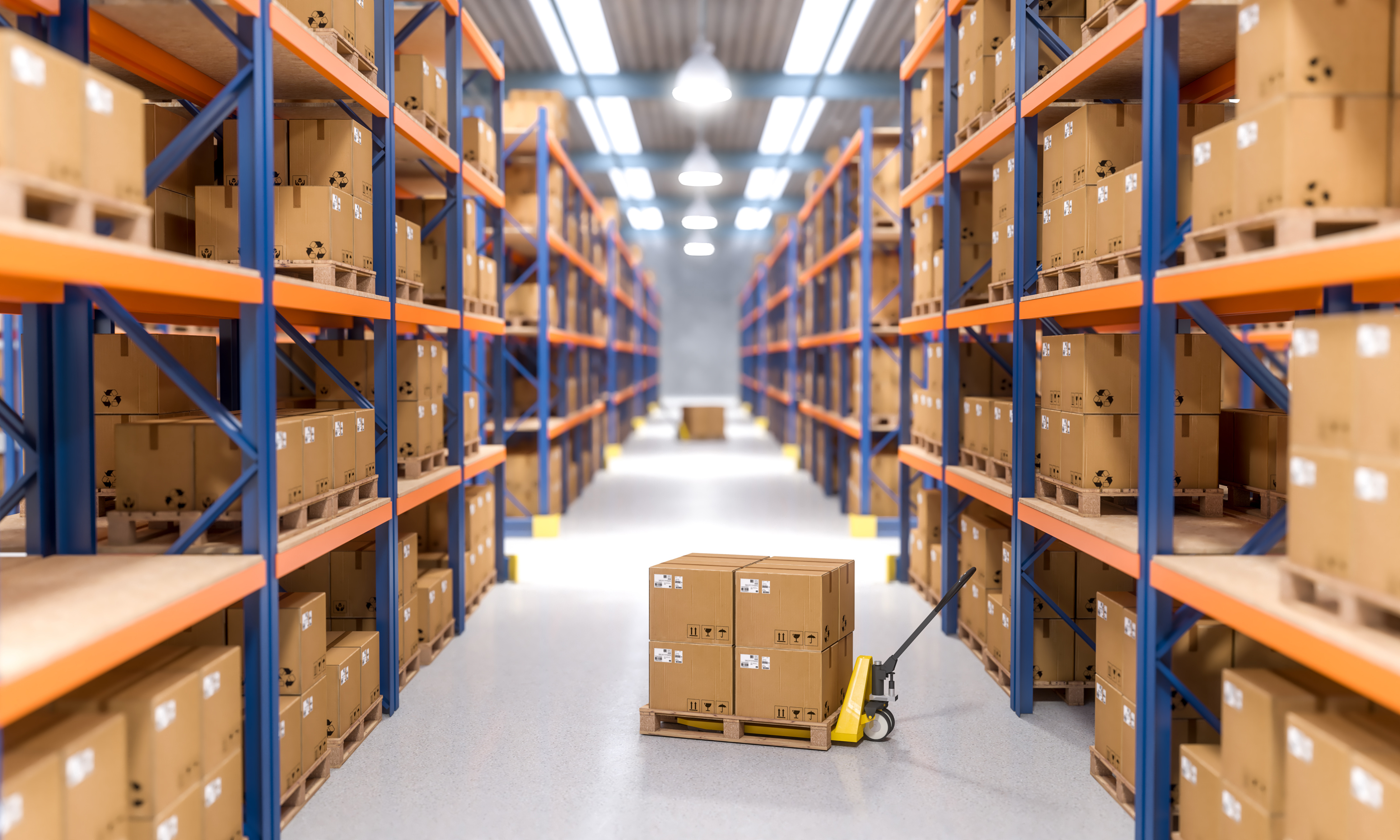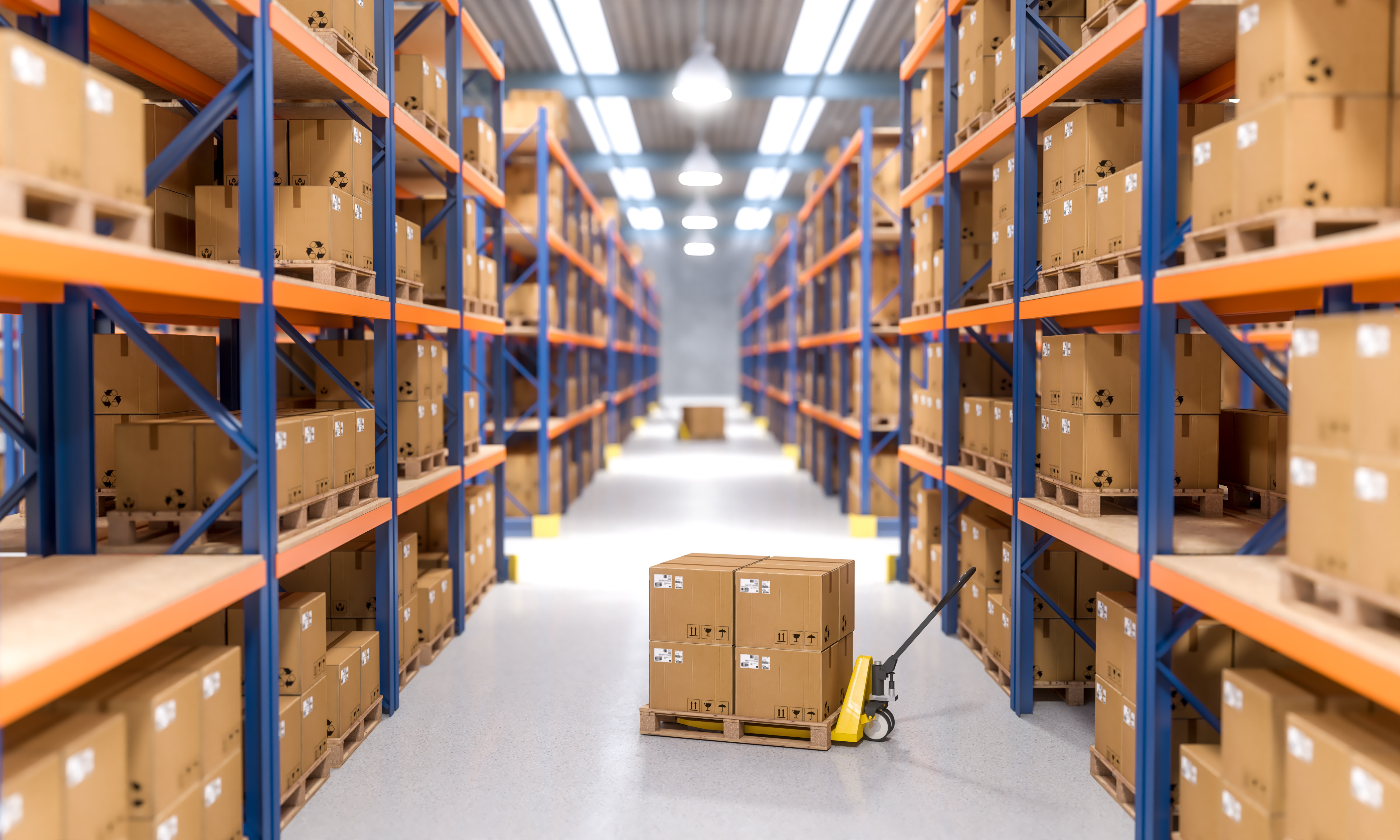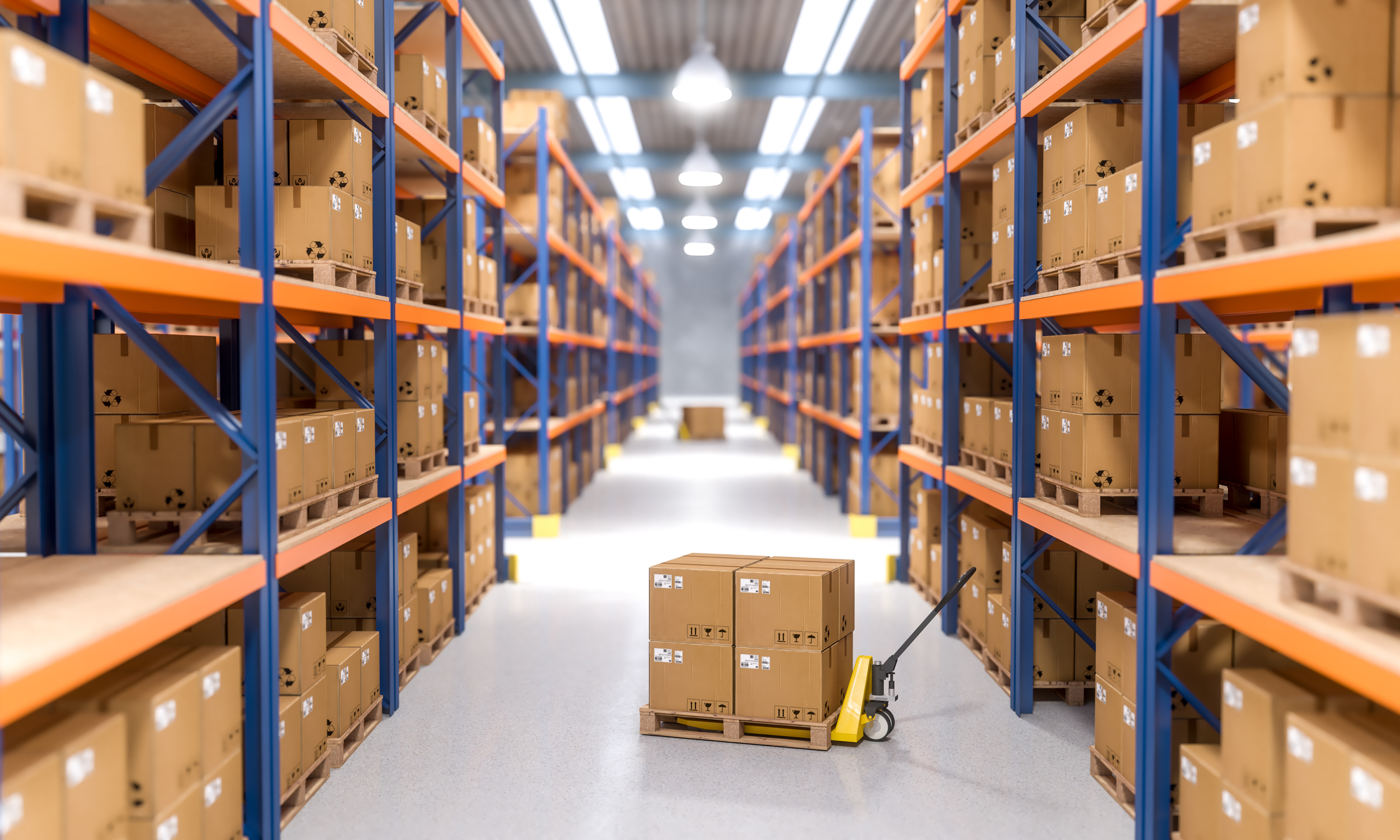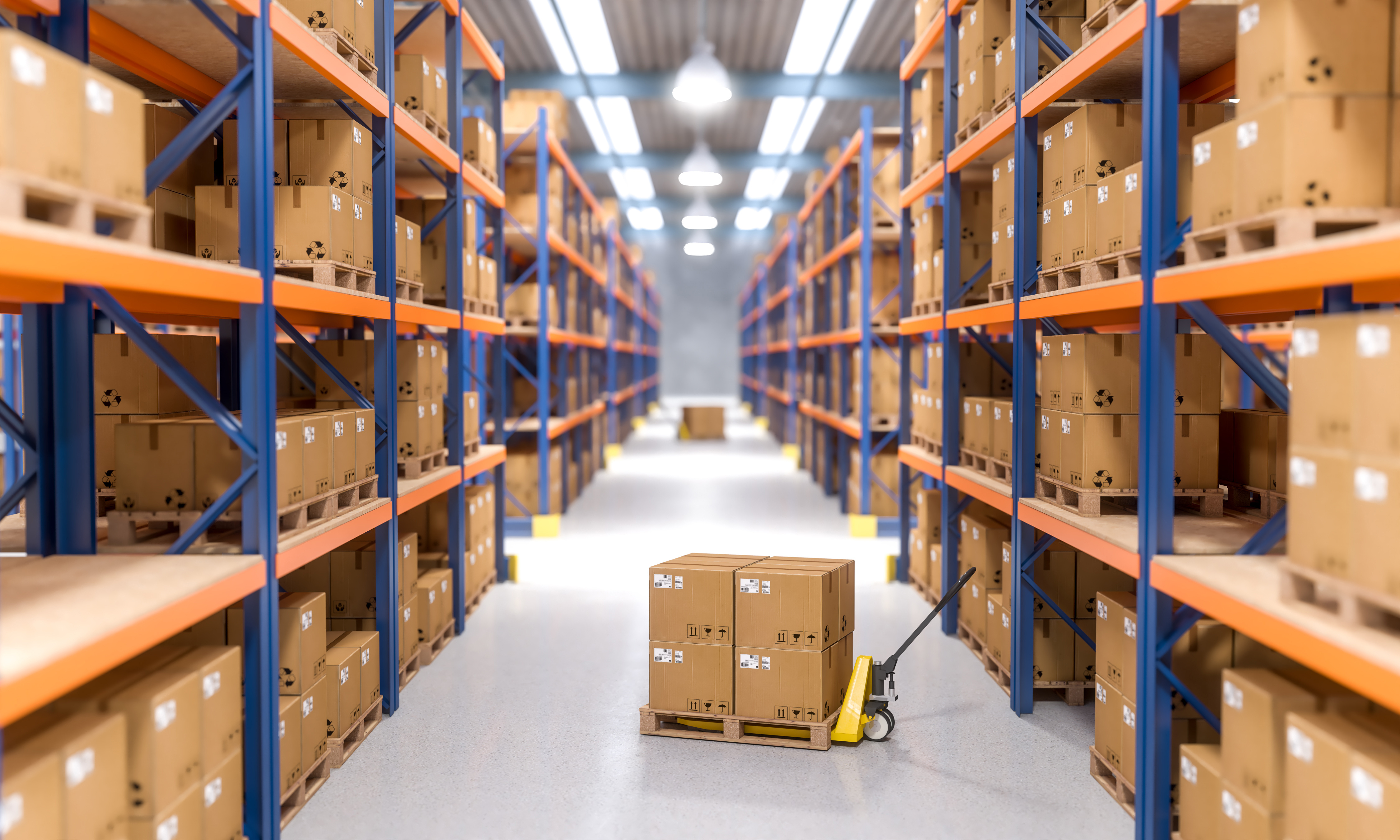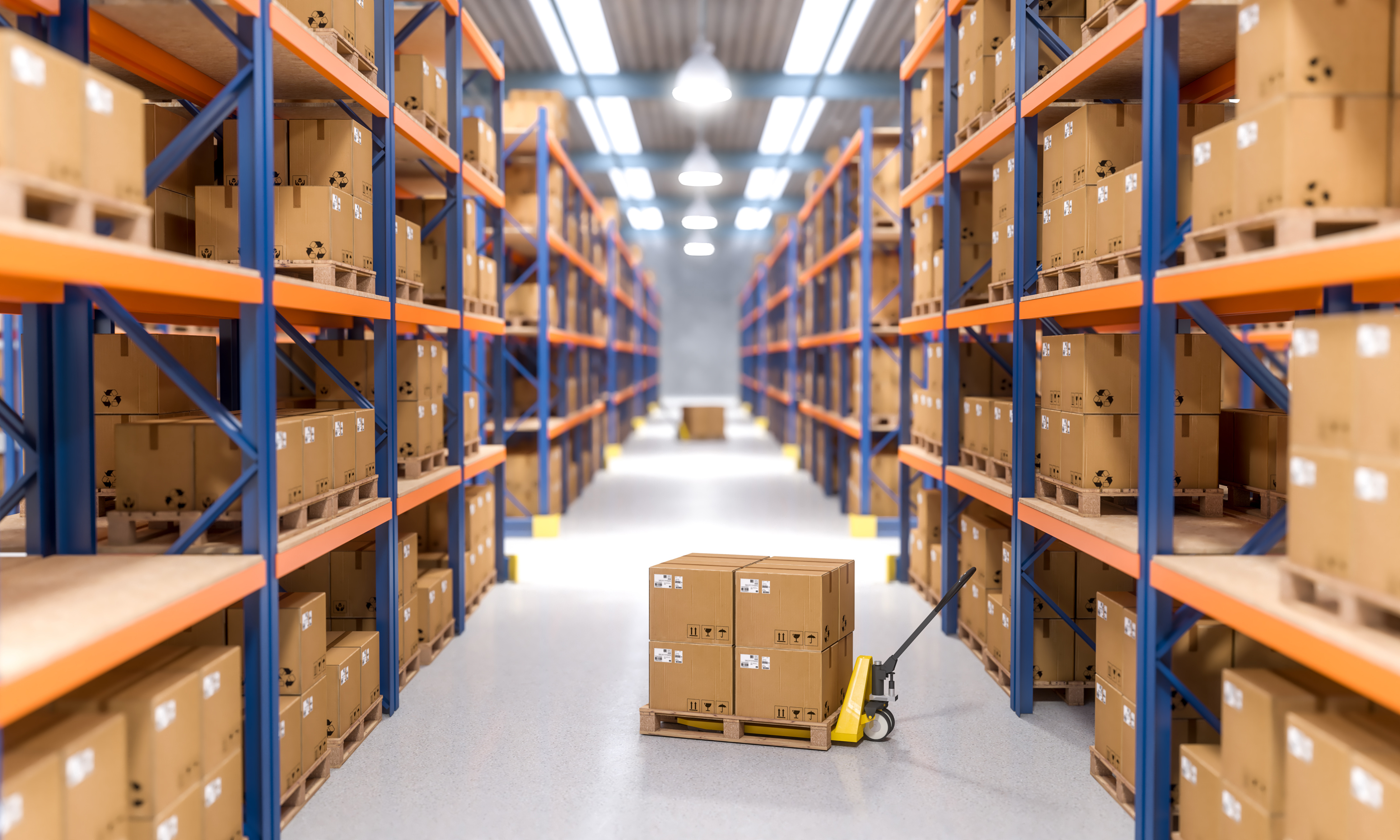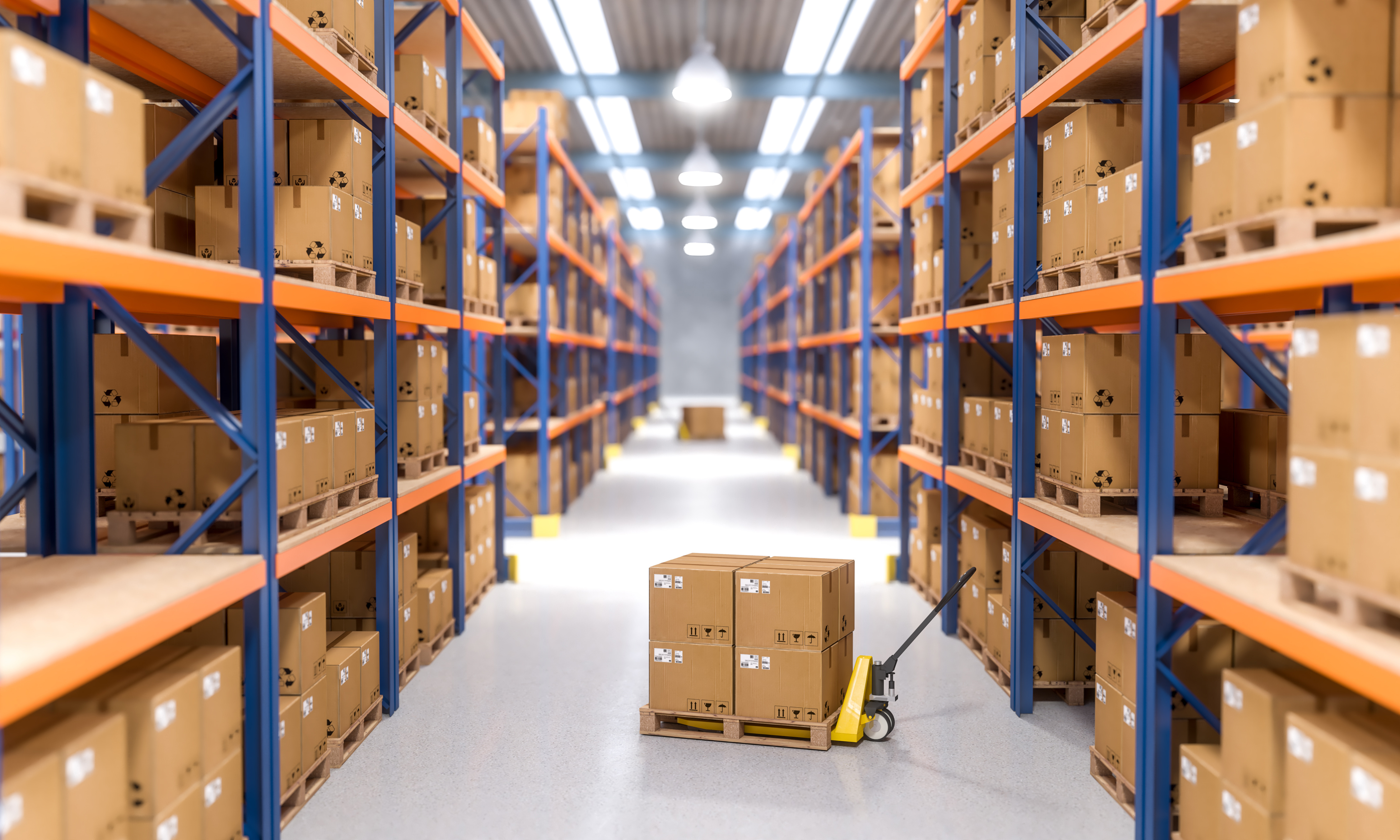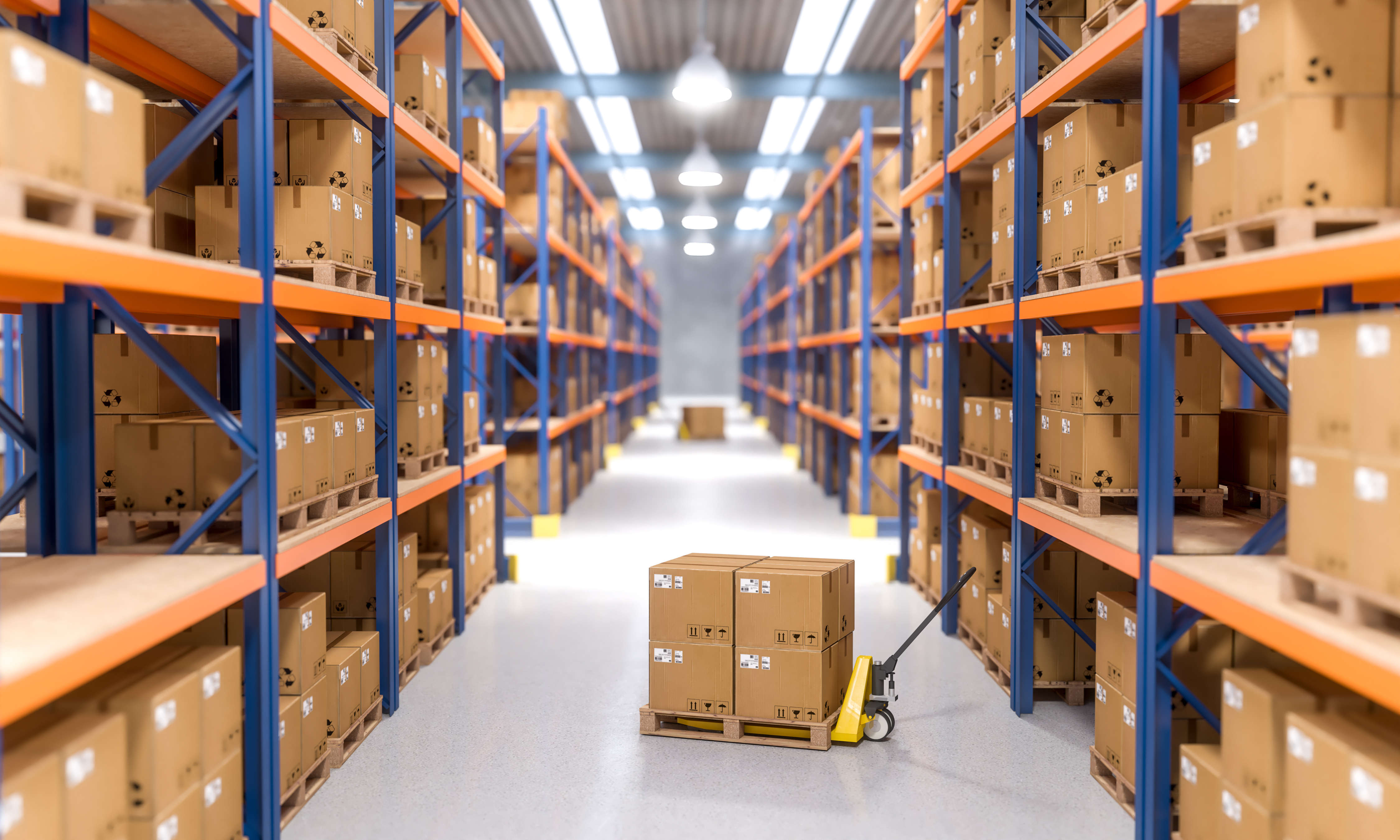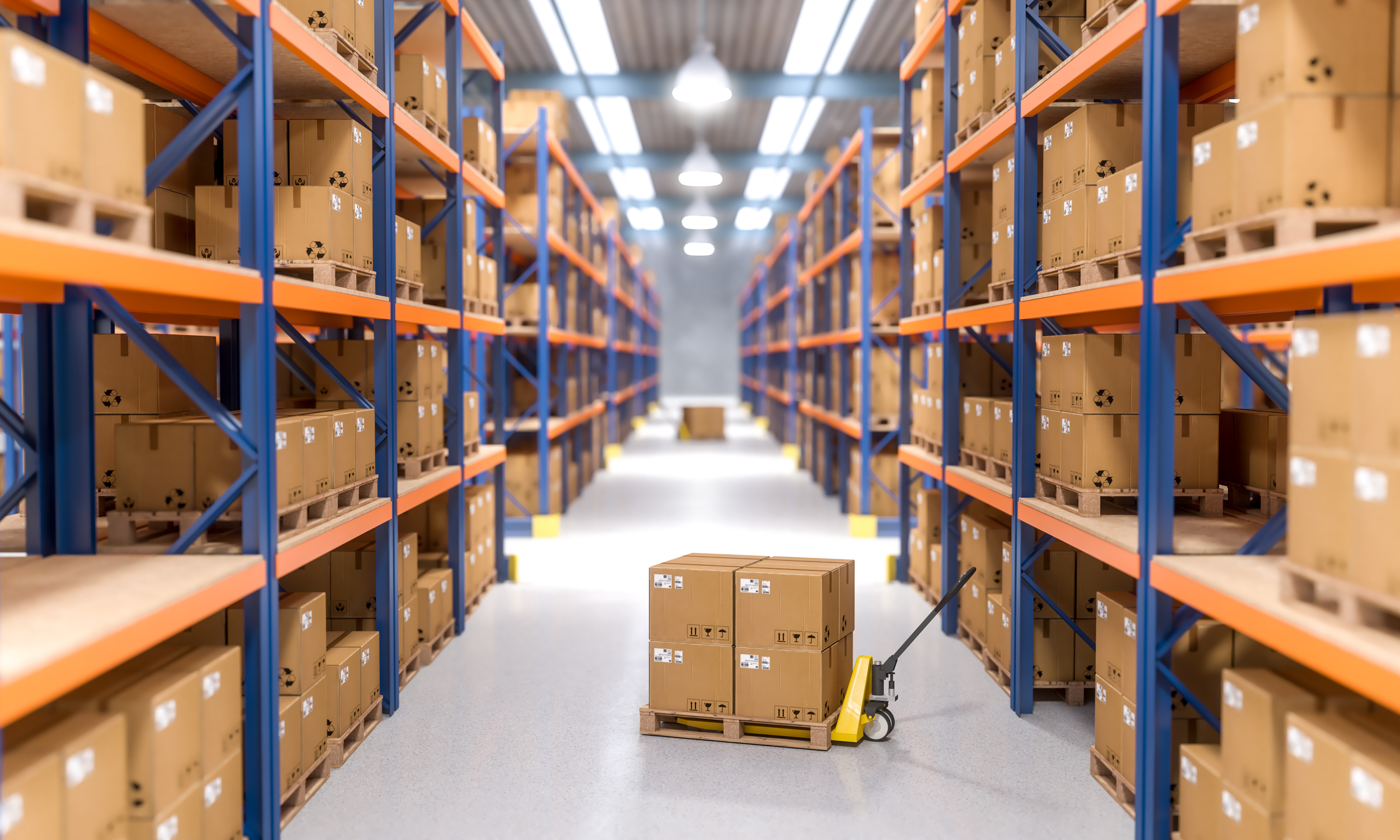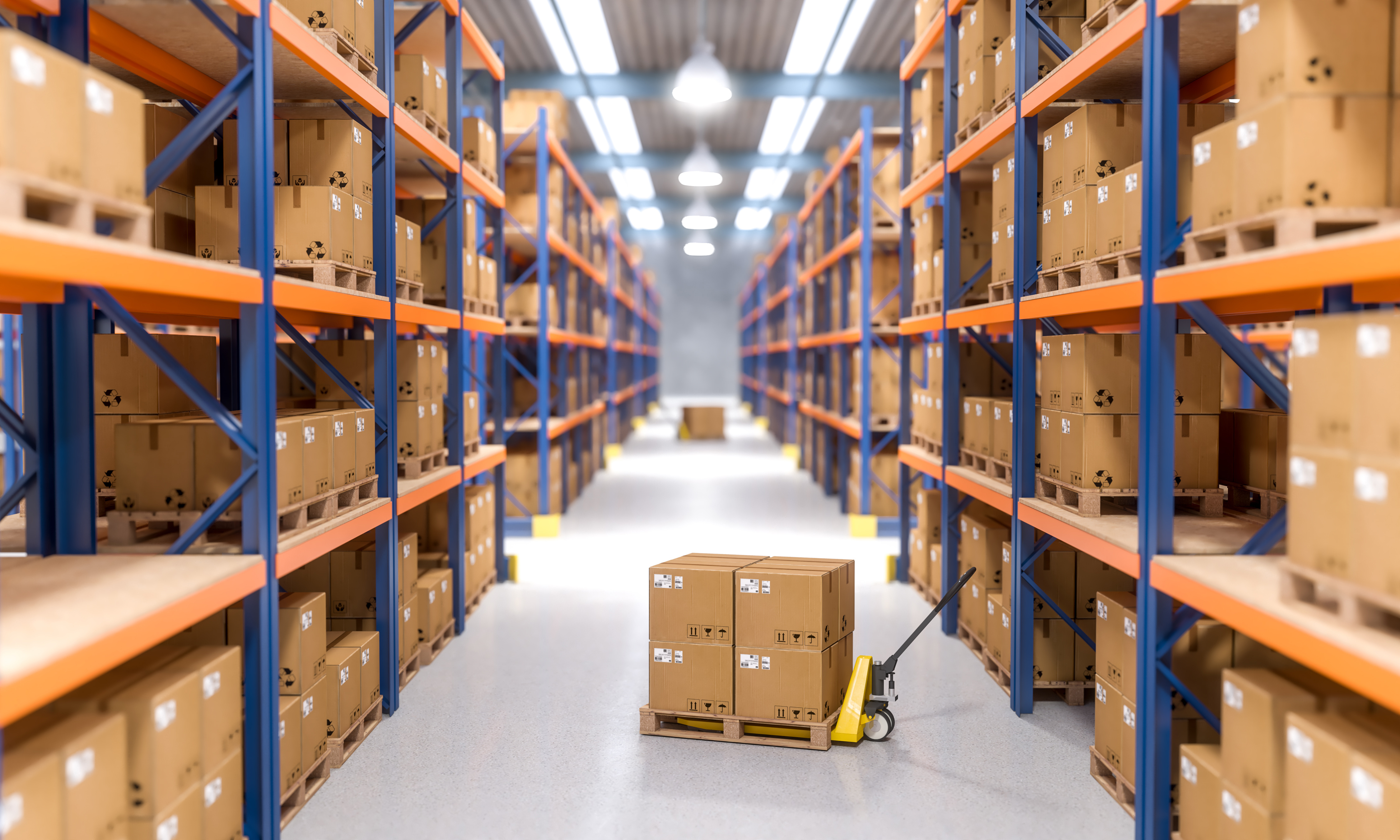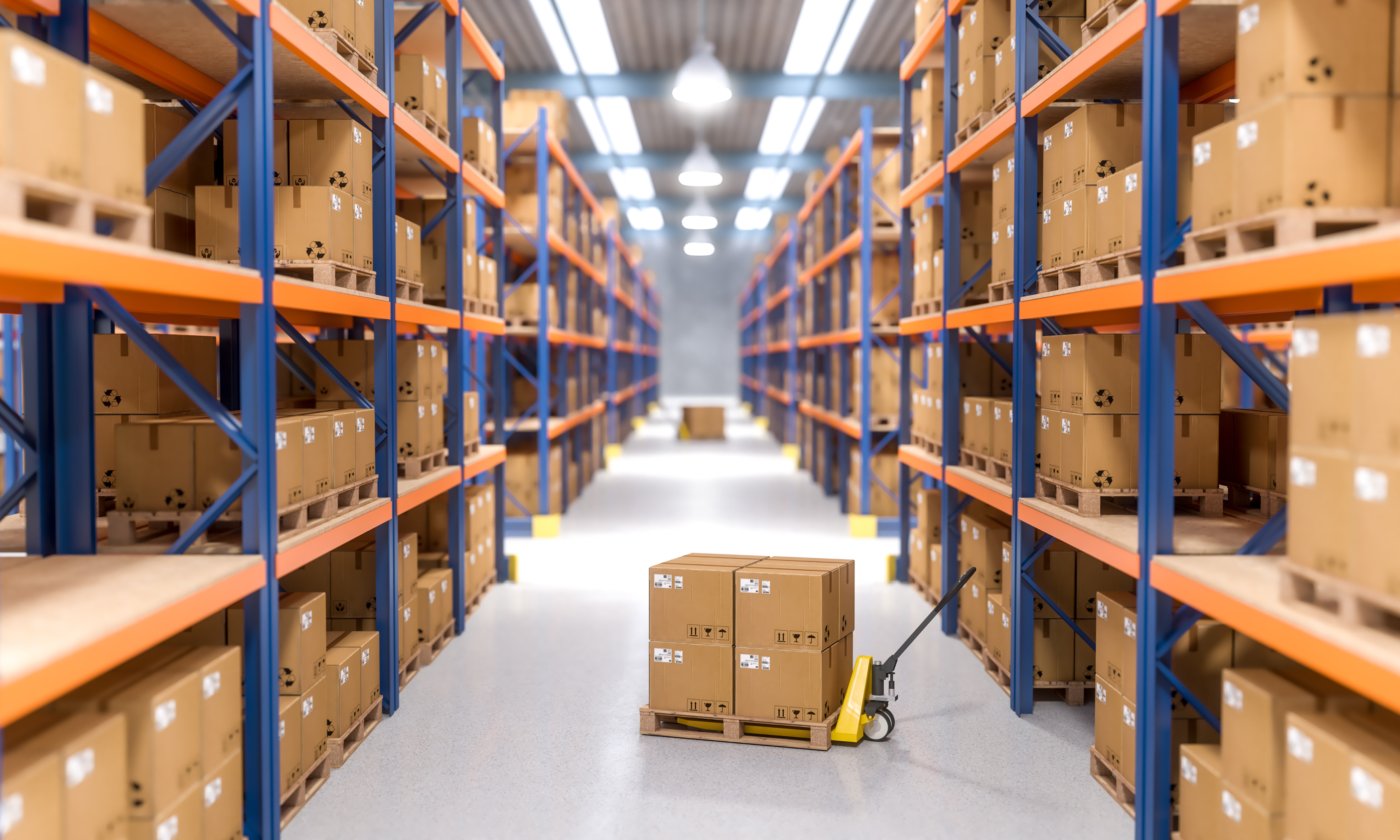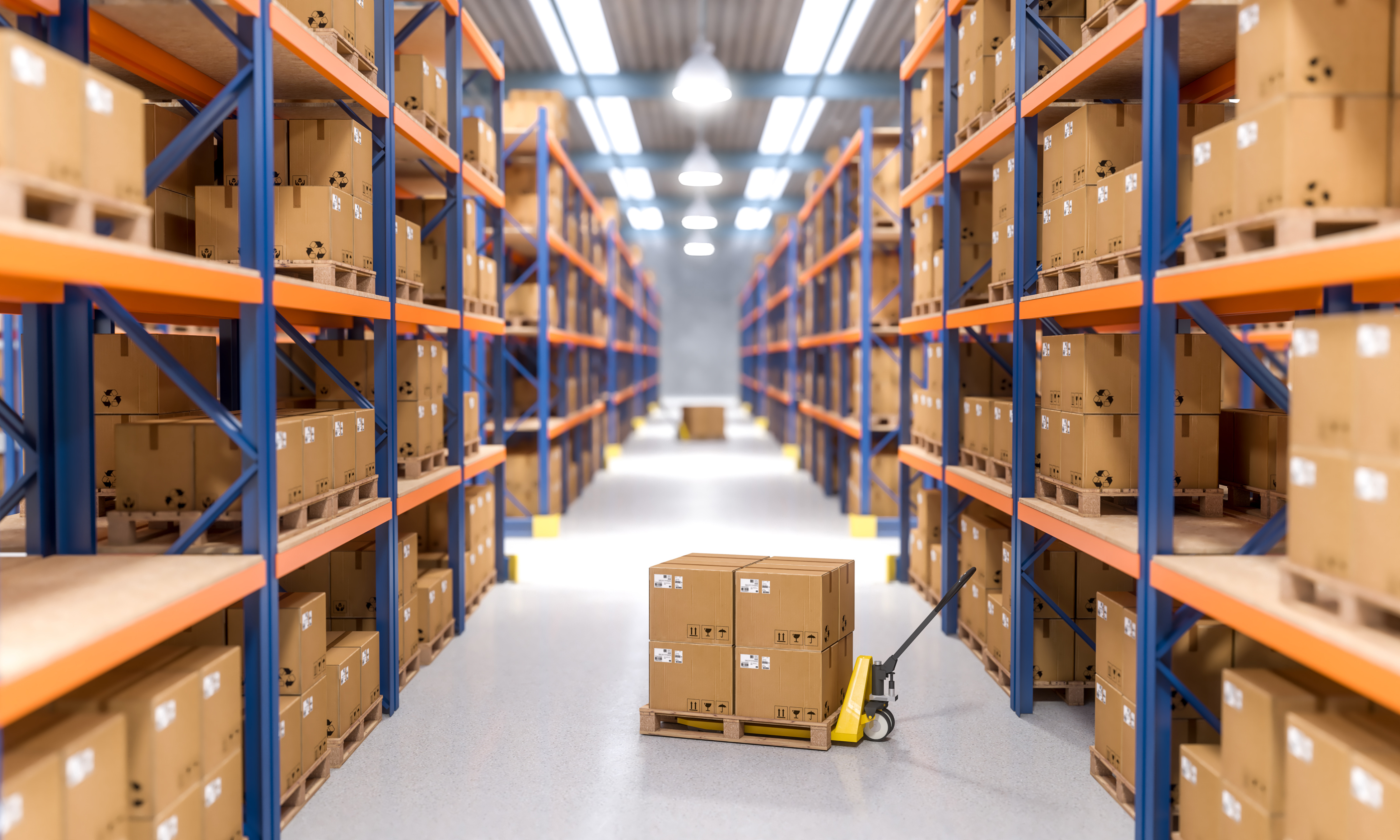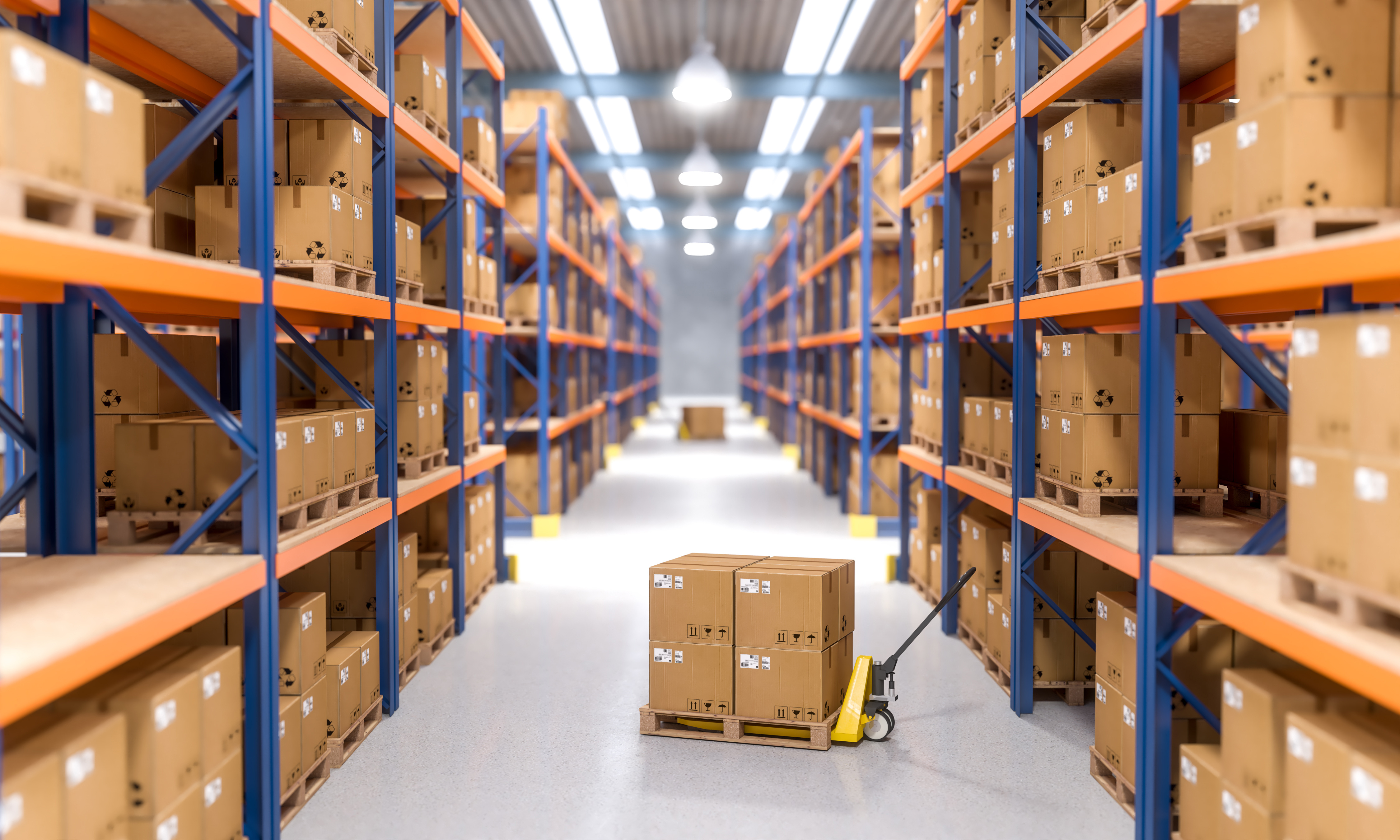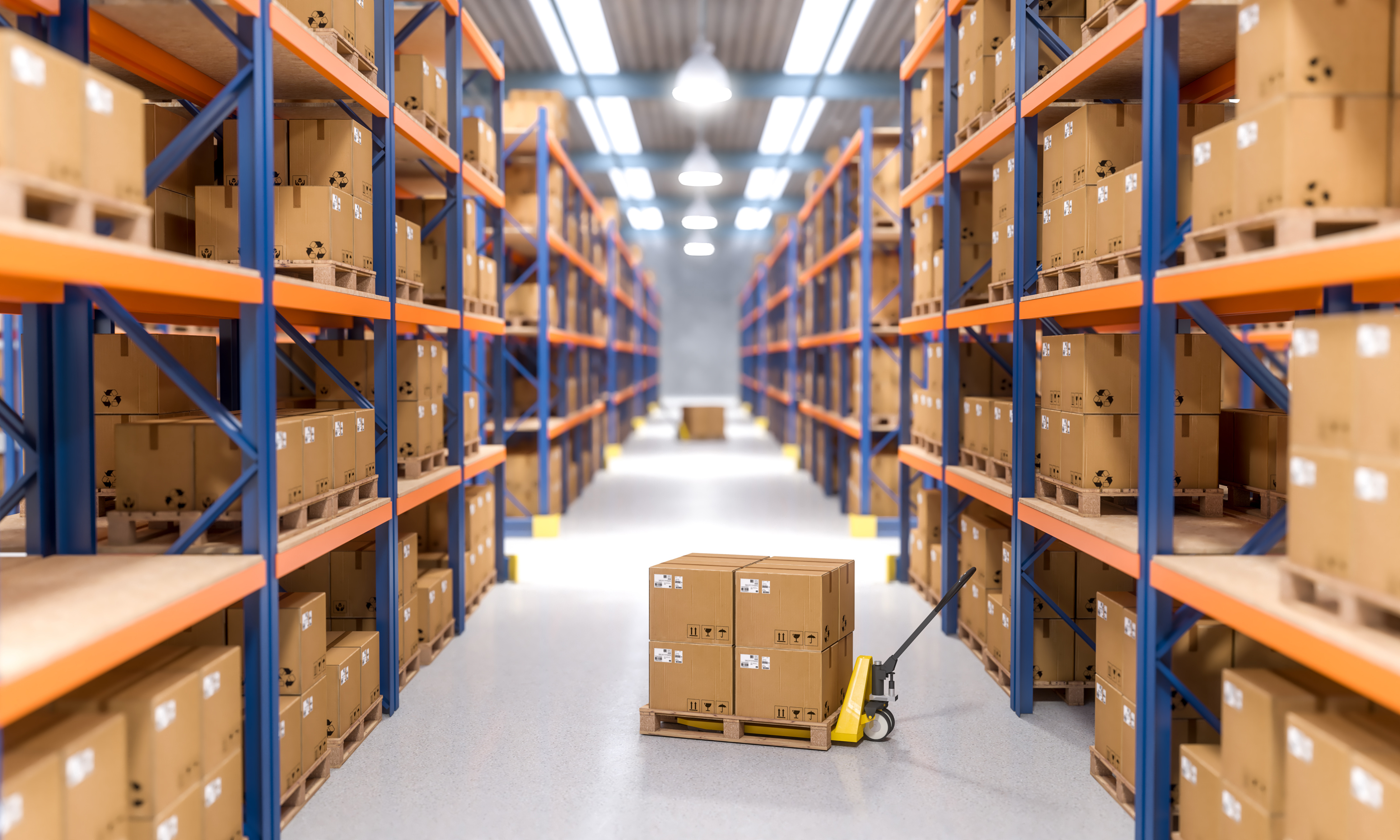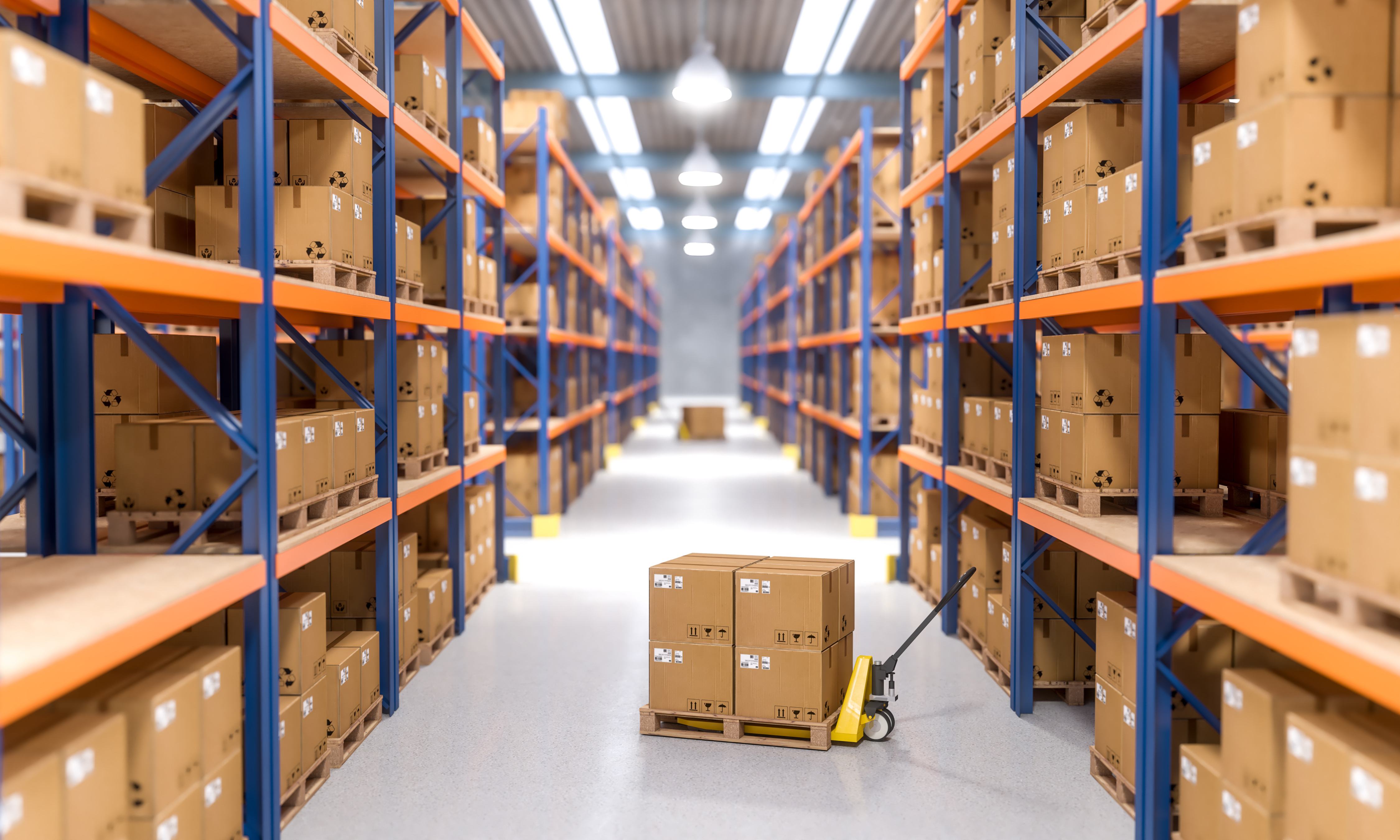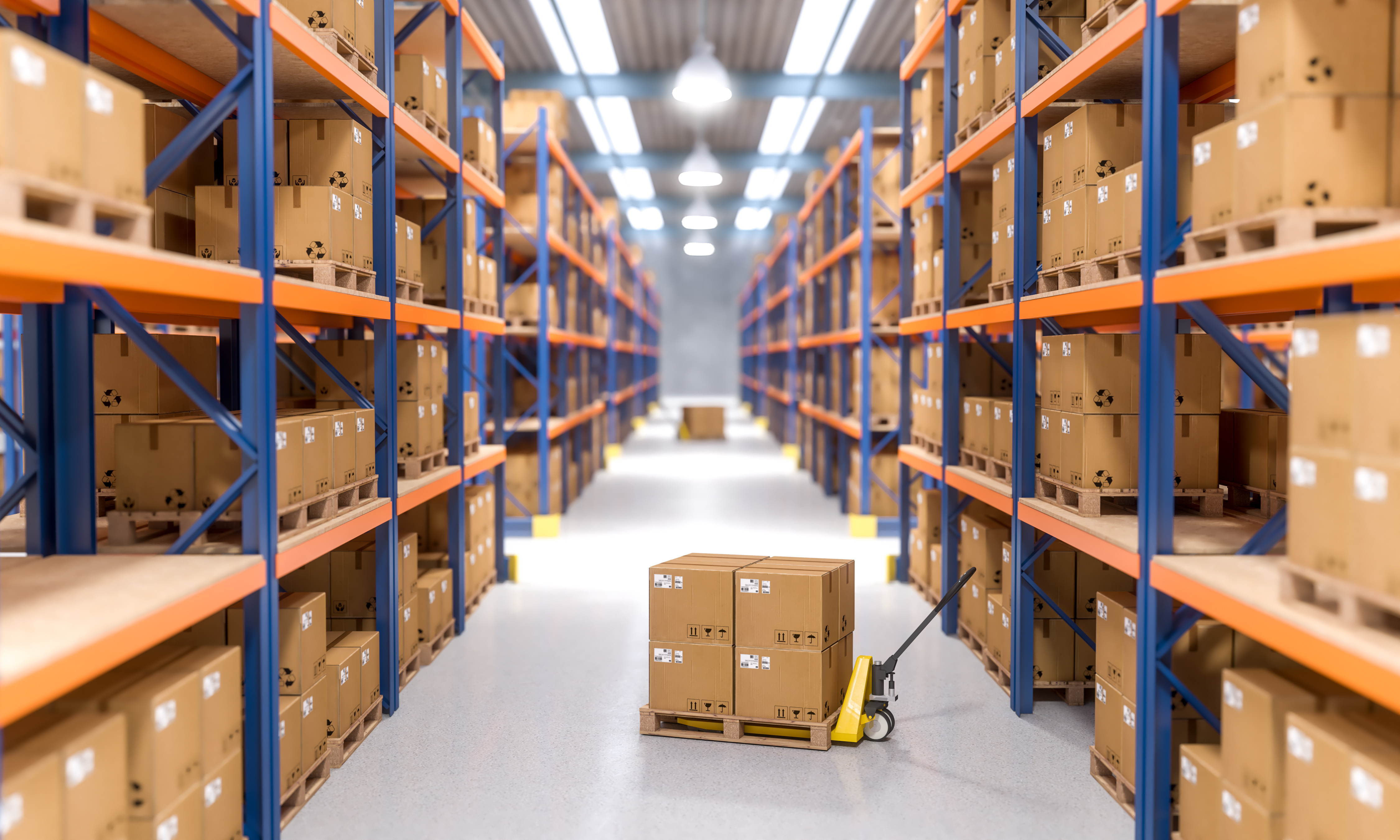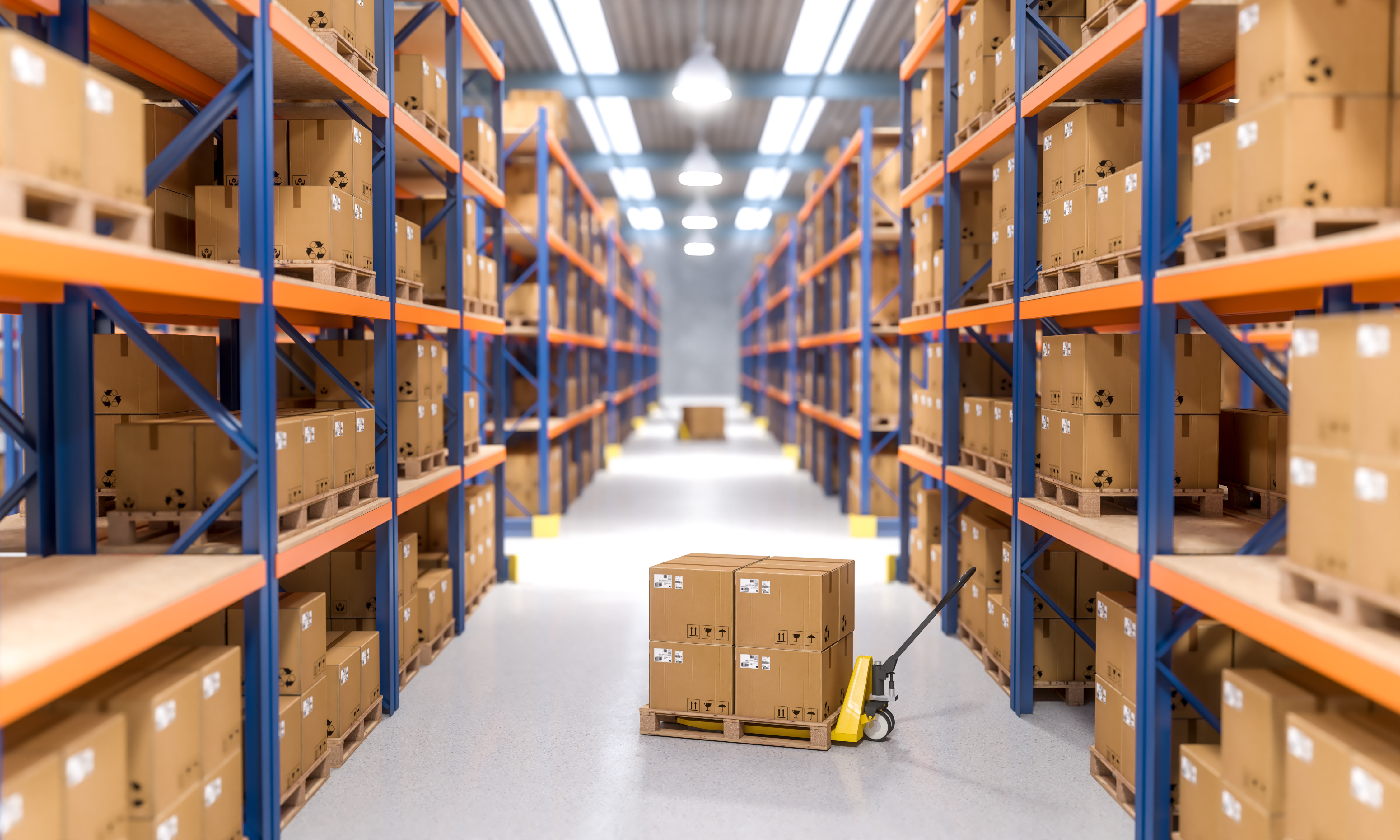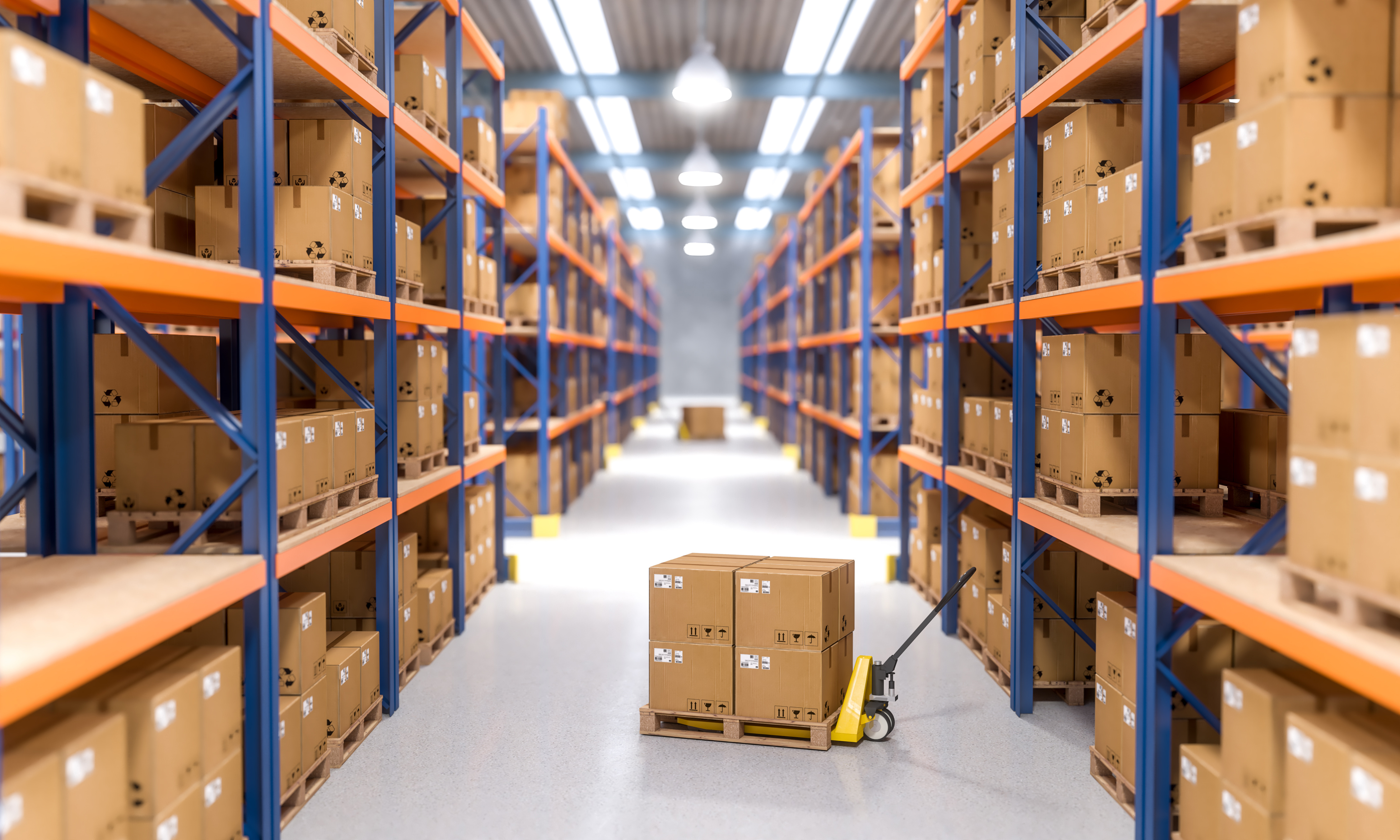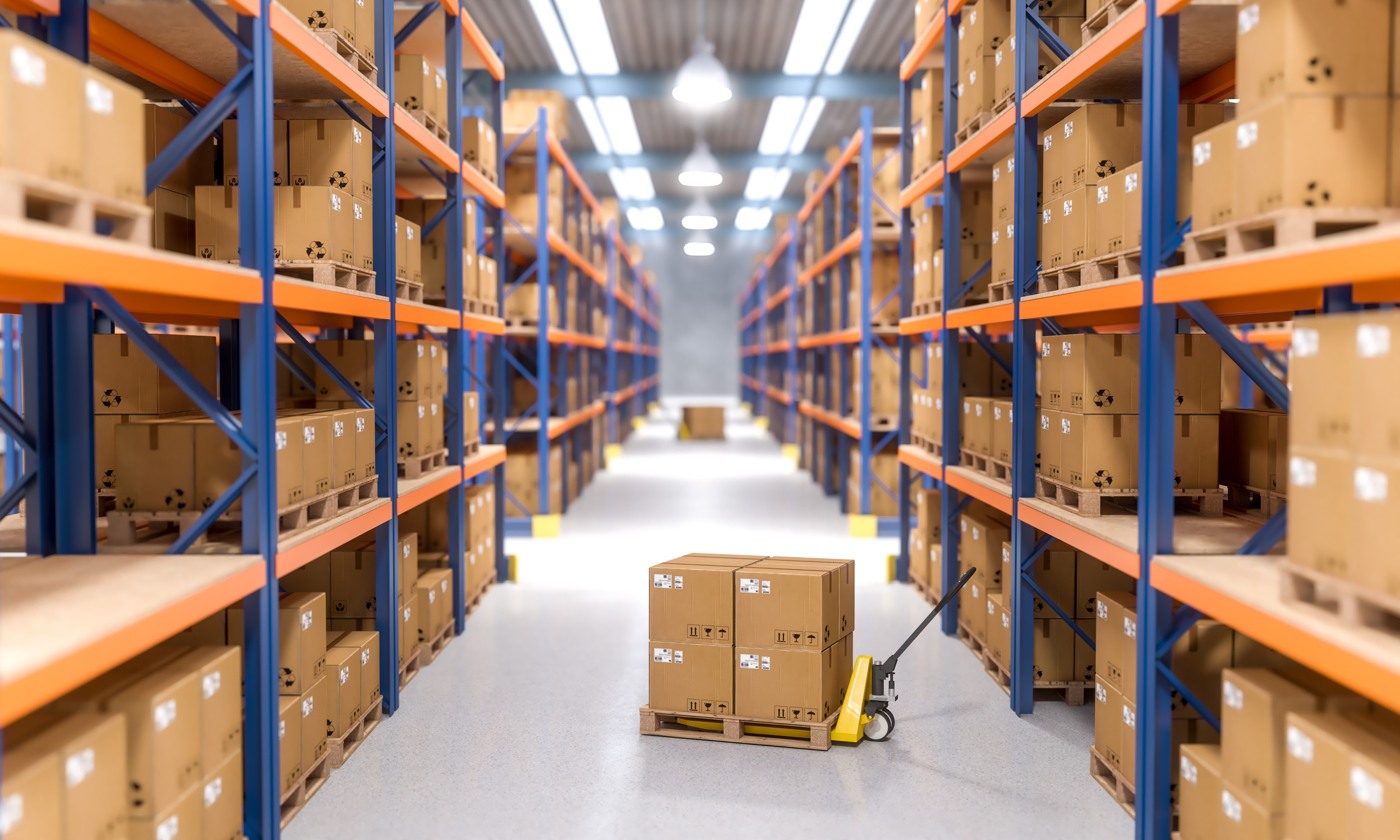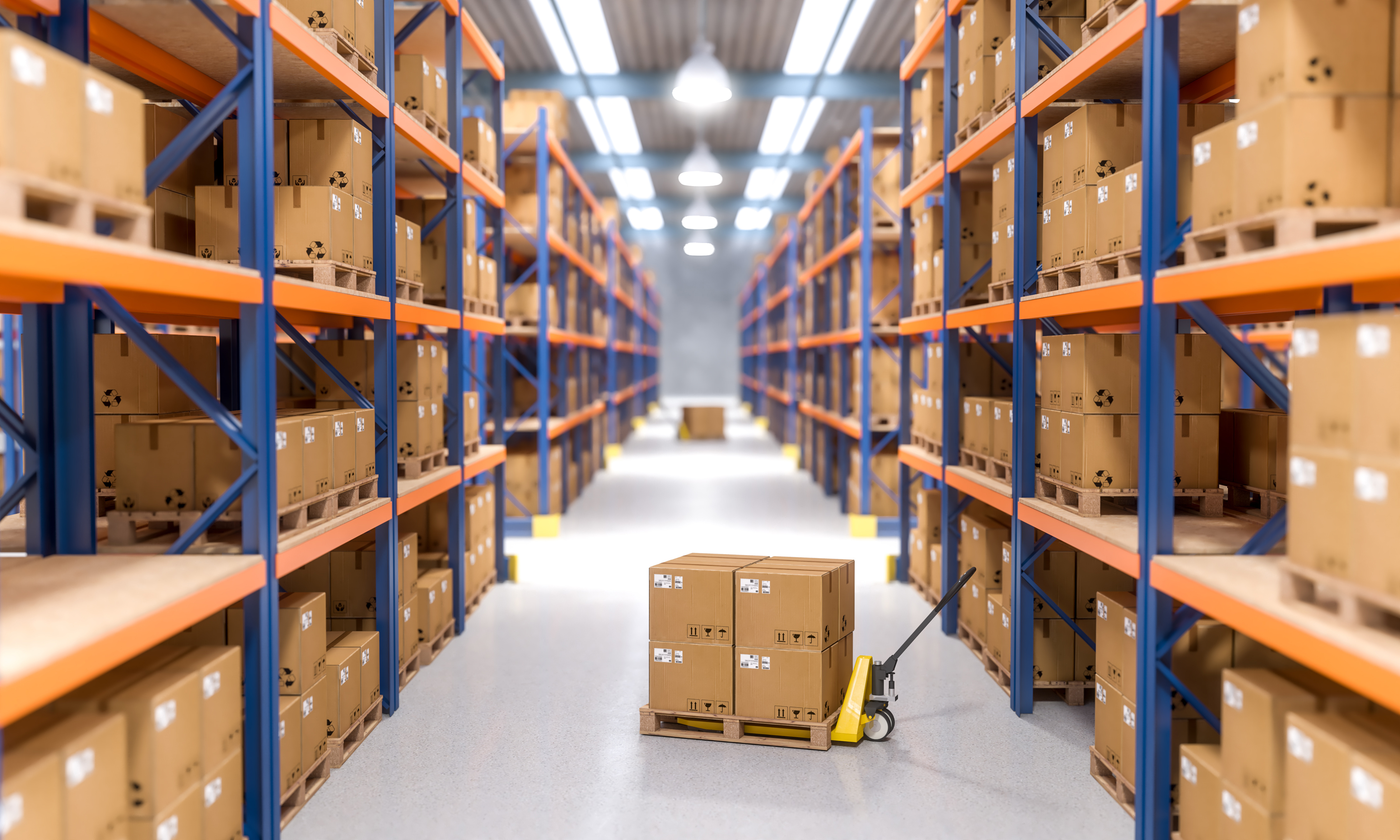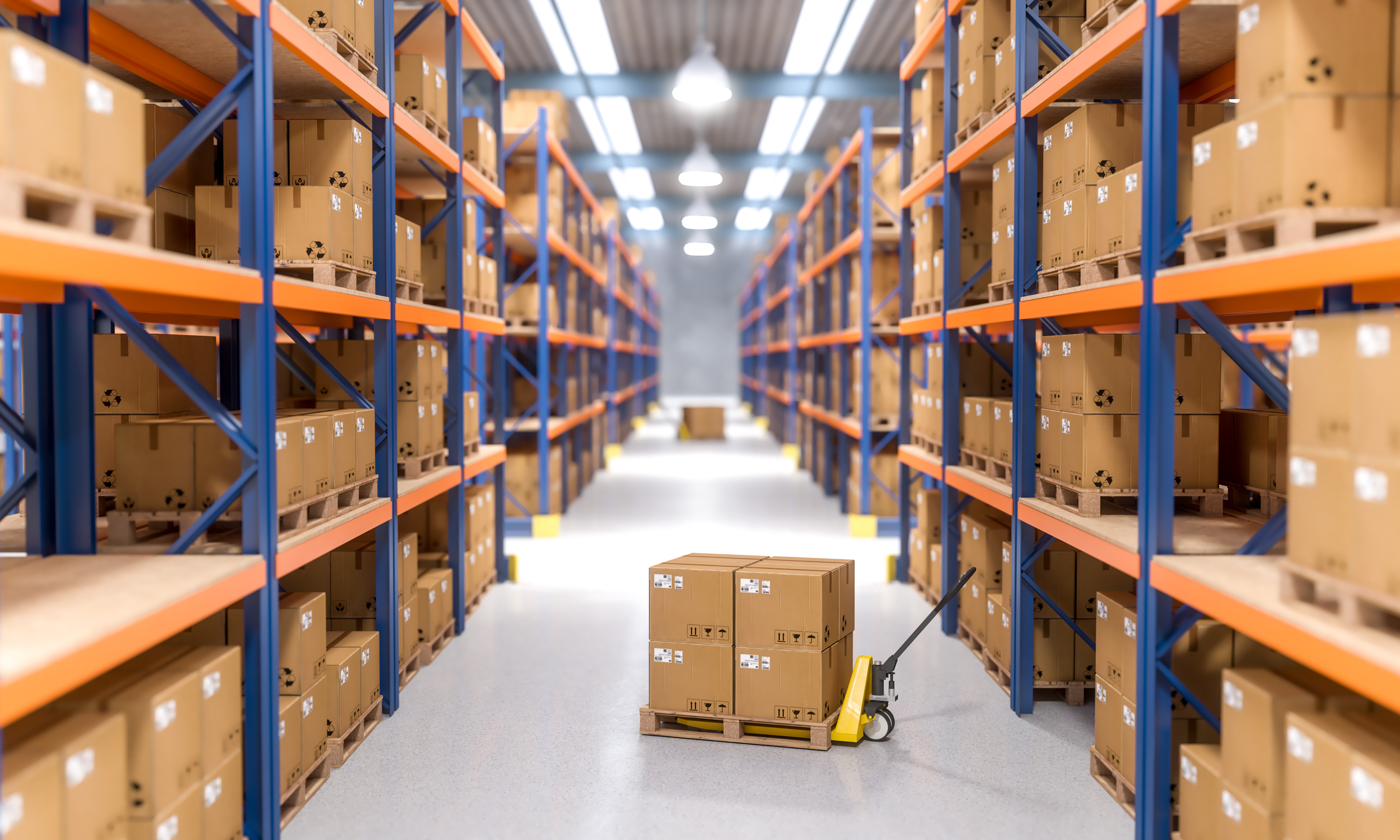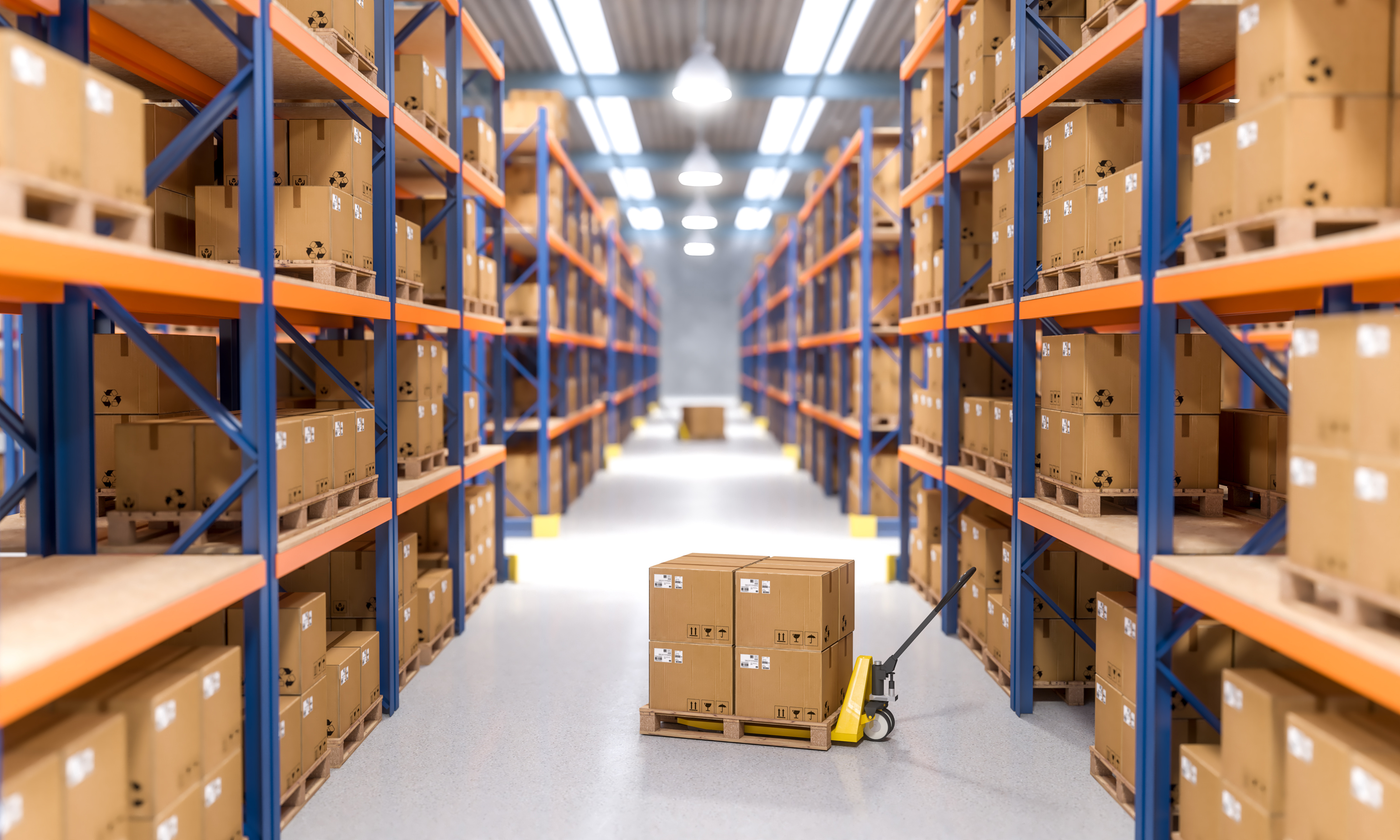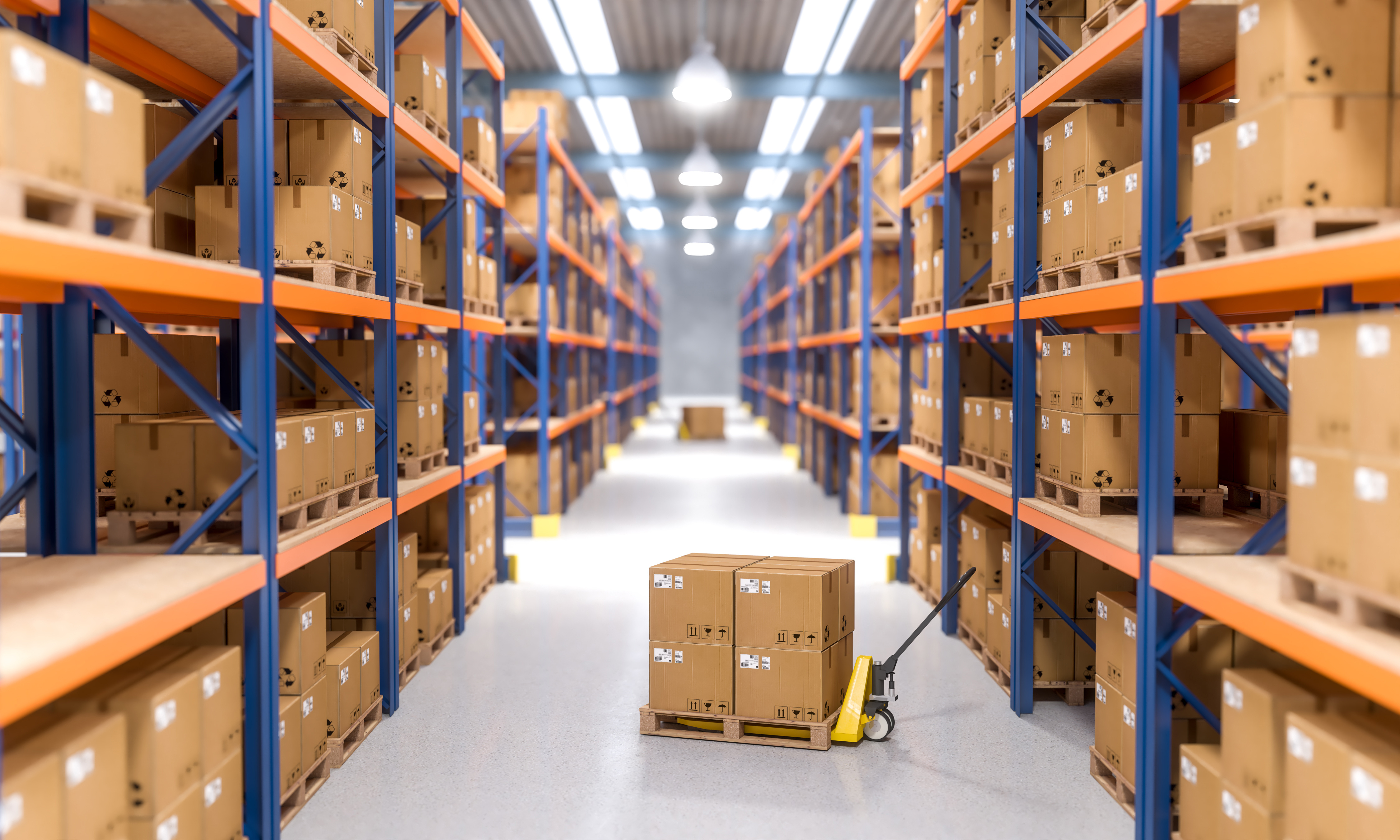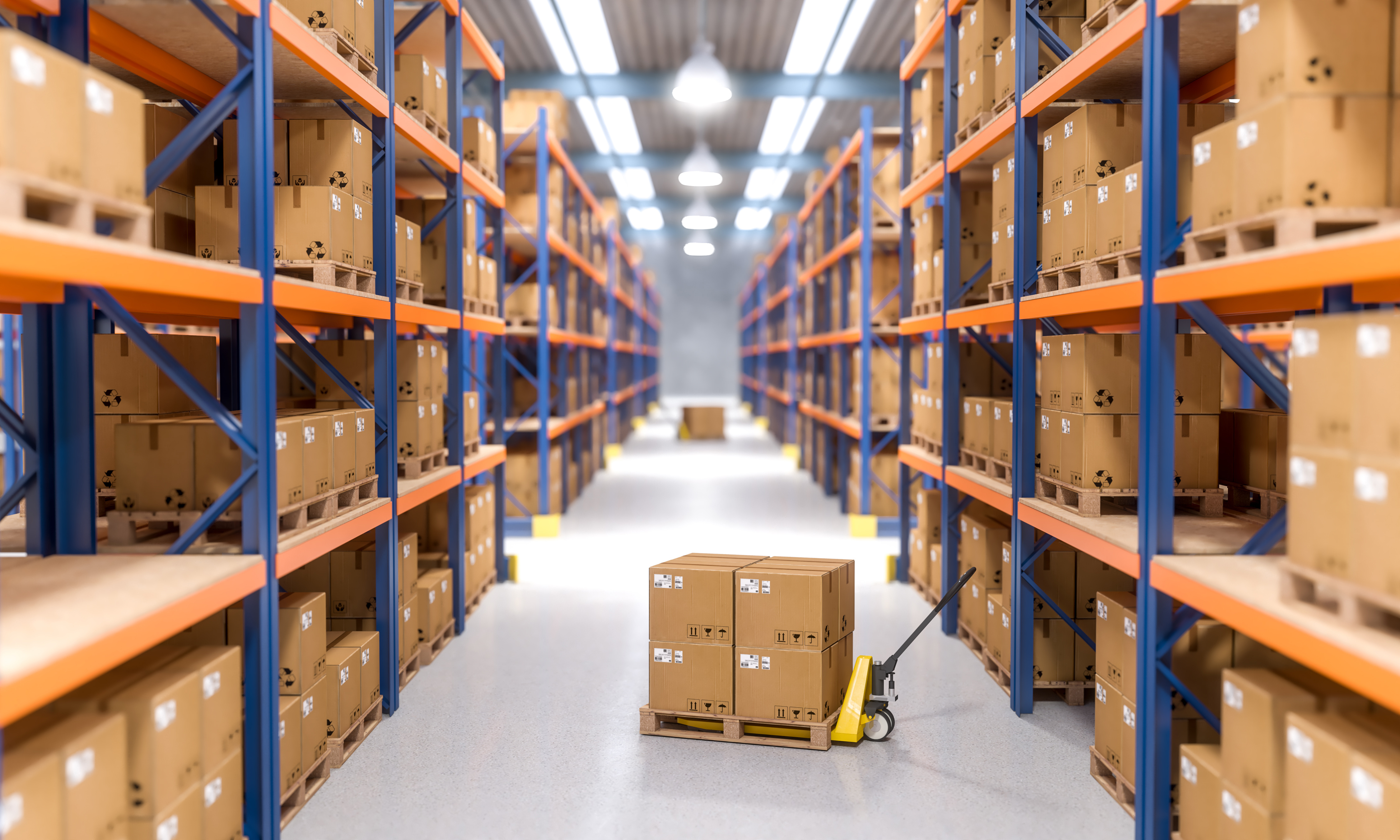When you operate a warehouse, your responsibilities don't end at the loading dock. Whether you're shipping products to retailers, transferring inventory between facilities, or delivering goods directly to customers, your cargo faces numerous risks during transportation. Warehouse goods in transit insurance provides essential protection for these vulnerable moments when your valuable inventory is on the move.
Understanding Warehouse Goods in Transit Insurance
Warehouse goods in transit insurance is a specialized coverage designed to protect goods while they're being transported from one location to another. This insurance bridges the gap between your warehouse insurance and the final destination, ensuring your inventory remains protected throughout the entire supply chain journey.
Unlike standard warehouse insurance that covers goods while they're stored in your facility, goods in transit insurance specifically addresses the unique risks that arise during transportation. This coverage is essential for warehouse operators who regularly ship, transfer, or deliver goods as part of their business operations.
Why Warehouse Operators Need Goods in Transit Coverage
The Transportation Risk Gap
Many warehouse operators assume their existing insurance policies provide adequate coverage for goods during transportation. However, standard warehouse insurance typically only covers goods while they're within your facility. Once goods leave your premises, they may not be covered under your primary policy, creating a dangerous gap in protection.
Financial Exposure
The financial impact of losing goods during transit can be substantial. Consider the cost of replacing damaged or stolen inventory, potential liability claims from customers, lost profits from delayed deliveries, and the reputational damage that can result from failed shipments. Without proper goods in transit insurance, these costs come directly from your bottom line.
Customer Expectations
In today's competitive marketplace, customers expect their goods to arrive safely and on time. When shipments are damaged, lost, or delayed due to transit incidents, it's often the warehouse operator who faces customer complaints and potential legal action, regardless of who was actually responsible for the transportation.
Key Coverage Areas
Physical Damage Protection
Goods in transit insurance covers physical damage to your inventory during transportation. This includes damage from vehicle accidents, overturning, collision, fire, explosion, theft, and vandalism. The coverage applies whether goods are being transported by your own vehicles or third-party carriers.
Weather-Related Damage
Transportation exposes goods to various weather conditions that can cause significant damage. Your policy can cover losses from storms, flooding, hail, extreme temperatures, and other weather-related incidents that occur during transit.
Theft and Pilferage
Cargo theft is a growing concern in the logistics industry, with criminals targeting high-value shipments during transportation and storage at transit points. Goods in transit insurance provides protection against theft, hijacking, and pilferage, including partial theft where only some items from a shipment are stolen.
Loading and Unloading Coverage
Many incidents occur during the loading and unloading process. Your insurance can cover damage that occurs while goods are being loaded onto vehicles, unloaded at destinations, or temporarily stored at intermediate locations during the transportation process.
Breakdown and Delay Coverage
When refrigerated goods are involved, mechanical breakdown of cooling systems can result in spoilage. Some policies include coverage for losses due to refrigeration failure, as well as additional expenses incurred due to transportation delays.
Types of Warehouse Goods in Transit Risks
Vehicle-Related Incidents
Transportation vehicles face numerous risks including accidents, mechanical breakdowns, overturning, and collision with other vehicles or objects. These incidents can result in complete loss of cargo or varying degrees of damage depending on the severity of the incident.
Theft and Security Risks
Cargo theft can occur in various forms, from opportunistic theft during stops to organized hijacking operations. High-value goods are particularly vulnerable, and thieves often target shipments during overnight stops, at service stations, or in unsecured parking areas.
Environmental Hazards
Goods in transit are exposed to environmental conditions that can cause damage. This includes exposure to moisture, extreme temperatures, contamination, and chemical exposure. Certain types of goods are particularly vulnerable to environmental damage during transportation.
Handling Damage
Improper handling during loading, unloading, and transit can result in damage to goods. This is particularly relevant for fragile items, precision equipment, or goods with specific handling requirements.
Documentation and Administrative Errors
Incorrect documentation, mislabeling, or administrative errors can result in goods being sent to wrong destinations, delayed, or lost in the system. While not physical damage, these errors can result in significant financial losses.
Industry-Specific Considerations
E-commerce Fulfillment Centers
E-commerce warehouses face unique transit risks due to high-volume, frequent shipments to individual customers. The diverse nature of products, varying packaging requirements, and last-mile delivery challenges create specific insurance needs.
Cold Storage Facilities
Warehouses handling temperature-sensitive goods need specialized coverage for refrigerated transportation. This includes protection against temperature excursions, mechanical breakdown of cooling systems, and spoilage during extended delays.
Automotive Parts Distribution
Automotive parts warehouses deal with high-value components that require careful handling and secure transportation. Coverage needs include protection against theft of valuable parts and damage to precision components.
Electronics and Technology
Warehouses storing electronic goods face risks related to the sensitive nature of technology products. Coverage considerations include protection against static damage, moisture exposure, and theft of high-value electronics.
Pharmaceutical Distribution
Pharmaceutical warehouses require specialized coverage that addresses regulatory compliance, temperature control, and the high value of pharmaceutical products. This includes coverage for regulatory disposal costs if products are compromised.
Coverage Options and Policy Features
Comprehensive vs. Named Perils
You can choose between comprehensive coverage that protects against all risks except those specifically excluded, or named perils coverage that only covers specifically listed risks. Comprehensive coverage generally provides broader protection but comes at a higher premium.
Territorial Coverage
Consider the geographical scope of your coverage. If you ship goods internationally, ensure your policy includes coverage for international transportation, including coverage during ocean or air freight.
Policy Limits and Deductibles
Determine appropriate policy limits based on the maximum value of goods you typically have in transit at any given time. Consider both per-shipment limits and aggregate annual limits. Choose deductibles that balance premium costs with your risk tolerance.
Automatic Coverage Extensions
Some policies include automatic coverage extensions for increased values during peak seasons, new locations, or expanded operations. These extensions can provide valuable flexibility as your business grows.
Claims Process and Documentation
Immediate Response Requirements
When a transit incident occurs, immediate notification to your insurance provider is crucial. Most policies require prompt notification, typically within 24-48 hours of discovering a loss. Delayed reporting can jeopardize your claim.
Documentation Requirements
Proper documentation is essential for successful claims processing. This includes shipping documents, packing lists, invoices, photographs of damage, police reports for theft incidents, and carrier reports for transportation-related damage.
Loss Mitigation
Your policy may require you to take reasonable steps to minimize losses after an incident occurs. This could include arranging alternative transportation for undamaged goods, securing damaged cargo, or taking steps to prevent further deterioration.
Claims Investigation
Insurance companies will investigate significant claims to determine the cause of loss and verify coverage. Cooperation with the claims investigation process is typically a policy requirement and can affect the speed of claims settlement.
Risk Management Best Practices
Carrier Selection and Vetting
Choose transportation providers carefully, considering their safety records, insurance coverage, and security procedures. Establish clear contracts that define responsibilities and liability limitations.
Packaging and Securing Cargo
Proper packaging and cargo securing can prevent many transit losses. Develop standardized packaging procedures for different types of goods and ensure staff are trained in proper loading techniques.
Route Planning and Security
Plan transportation routes to minimize risk exposure, avoiding high-crime areas when possible and considering security requirements for high-value shipments. Implement tracking systems to monitor shipments in real-time.
Staff Training
Train warehouse staff on proper handling procedures, documentation requirements, and emergency response protocols. Well-trained staff can prevent many incidents and ensure proper response when problems occur.
Regular Policy Reviews
Review your goods in transit coverage regularly to ensure it keeps pace with your business growth, changing product mix, and evolving risks. Annual policy reviews can identify coverage gaps before they become problems.
Cost Factors and Premium Considerations
Value of Goods
The total value of goods you typically have in transit is a primary factor in determining premiums. Higher values generally result in higher premiums, but the cost is typically a small percentage of the goods' value.
Type of Goods
Some types of goods are considered higher risk and may result in higher premiums. High-value electronics, easily stolen items, and fragile goods typically cost more to insure than standard manufactured products.
Transportation Methods
The method of transportation affects risk and premium costs. Air freight is generally considered lower risk than ground transportation, while ocean freight presents different risk profiles depending on routes and carriers.
Geographic Factors
The areas where you ship goods can affect premiums. High-crime areas, regions with severe weather patterns, or areas with poor transportation infrastructure may result in higher costs.
Claims History
Your claims history significantly impacts premium costs. A history of frequent claims may result in higher premiums or coverage restrictions, while a clean claims record can lead to better rates.
Regulatory and Compliance Considerations
Carrier Liability Limitations
Understand that commercial carriers typically have limited liability for goods they transport. These limitations are often far below the actual value of goods, making your own insurance coverage essential.
International Shipping Requirements
If you ship goods internationally, ensure your coverage complies with international shipping requirements and provides adequate protection for goods while in foreign countries.
Industry-Specific Regulations
Certain industries have specific regulations regarding the transportation of goods. Ensure your insurance coverage supports compliance with relevant industry regulations.
Working with Insurance Providers
Choosing the Right Provider
Select an insurance provider with experience in warehouse and logistics insurance. Look for providers who understand your industry's unique risks and can offer specialized coverage options.
Policy Customization
Work with your insurance provider to customize your policy to match your specific needs. Standard policies may not address all the unique aspects of your warehouse operations.
Regular Communication
Maintain regular communication with your insurance provider about changes in your operations, new risks, or coverage needs. This helps ensure your coverage remains adequate as your business evolves.
Integration with Overall Risk Management
Comprehensive Insurance Strategy
Goods in transit insurance should be part of a comprehensive insurance strategy that includes warehouse property insurance, general liability, workers' compensation, and other relevant coverages.
Risk Assessment and Management
Conduct regular risk assessments to identify potential transit risks and implement appropriate risk management measures. Your insurance coverage should complement, not replace, good risk management practices.
Business Continuity Planning
Consider how goods in transit losses could affect your business operations and develop contingency plans. Insurance can provide financial protection, but business continuity planning helps minimize operational disruptions.
Conclusion
Warehouse goods in transit insurance is an essential component of comprehensive risk management for warehouse operators. As goods move through the supply chain, they face numerous risks that can result in significant financial losses if not properly protected.
The key to effective goods in transit coverage is understanding your specific risks, choosing appropriate coverage limits and options, and working with experienced insurance providers who understand the logistics industry. Regular policy reviews and updates ensure your coverage keeps pace with your evolving business needs.
By investing in comprehensive goods in transit insurance, warehouse operators can protect their valuable inventory, maintain customer relationships, and ensure business continuity even when transportation incidents occur. The cost of coverage is typically minimal compared to the potential financial impact of uninsured losses.
For warehouse operators looking to protect their goods during transportation, consulting with experienced commercial insurance professionals can help identify the most appropriate coverage options and ensure adequate protection for your specific operations and risk profile.


 0330 127 2333
0330 127 2333
